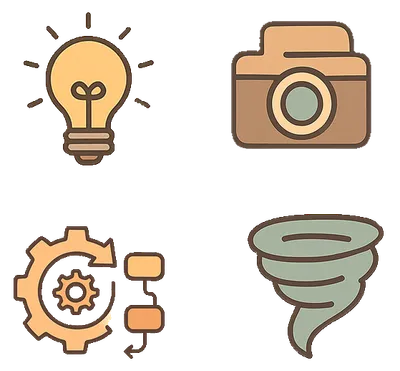Welcome.
Glad you are here!


A little about me and this site...
Who is this guy?
- I am a perpetual learner and storyteller
- Integrity and Authenticity are core values
- People say I have lots of hobbies...
- I call it: 'collecting experiences'
- and, I love connecting with people over those experiences! - A blend of topics from my personal life, career, travel, and latest tech happenings
- I built a lot of this site from scratch! (future post coming soon)
- Please stop by the contact page and say hello!
Recent Posts

Agent Framework For Productivity
- technology
- Dec 15, 2025
Building an agent framework for productivity
read more
Context Is Everything
- technology
- Dec 09, 2025
One of the keys to great results with AI is 'Context'
read more
The Best AI Skill to Develop in 2026?
- technology
- Nov 28, 2025
My answer may suprise you - it doesn't involve code
read more
Interested in updates to your inbox or reader app?
I am working on building a regular (monthly?) newsletter with updates on some of the content and social media posts I make.
Worried about SPAM?! I HATE SPAM too! Not only would I never spam you...I would never share your email address or use a service that would.